You won’t ever see speed bumps on highways and other heavily congested areas, and for a reason. Running over one at a very fast speed will disrupt the vehicle's natural flow and even damage the car. Speed bumps are referred to as sleeping traffic enforcers because many drivers would automatically slow down their vehicle upon seeing one.
These safety installations are necessary for roads where it is not possible to deploy enforcers and other designated authorities to monitor the speed of every car that passes through, 24 hours a day.
Before moving further to assess whether it is a good idea to have a speed bump positioned in your area, Philkotse.com will discuss first the pros and cons of having one.
I. The PROs
Roads wouldn’t be complete without a few bumps up ahead. Some people debate over the fact if it’s a worthy investment and most of the time, it may depend on the needs of a specific area. Here are the advantages of installing speed bumps.
1. Reduce driving speed
A speed bump is a primary option to alert drivers that they need to slow down. They might be approaching an accident-prone area, pedestrians from schools, churches and local community landmarks where they need to exercise caution.
Speed bumps are considered as a necessity in high-traffic areas like parking areas such as underground parking venues, designated areas for establishments and many more where visibility is reduced.
Aside from a lot of vehicles constantly rolling around to find a parking spot, there are a lot of people walking by from an establishment to the area where their car is parked.
Furthermore, these areas aren’t patrolled as much as traffic enforcers would. So, installing a speed bump is a good option if you want drivers to slow down in an area.
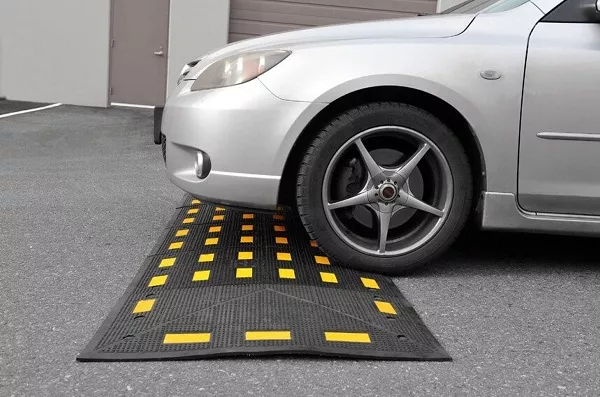
A speed bump is a primary option to alert drivers that they need to slow down
>>> Check out to learn more about Speed Limit Law in the Philippines
2. Property and residents’ protection
You can never tell when a driver is speeding up ahead and may put the lives of the elderly, the children and other vulnerable people in danger.
Accidents happen all the time, and what better way to minimize the risk is to do something preventive such as speed bump installation. This measure forces drivers to slow their vehicle down or be exposed to the risk of damaging their car or ending someone’s life.
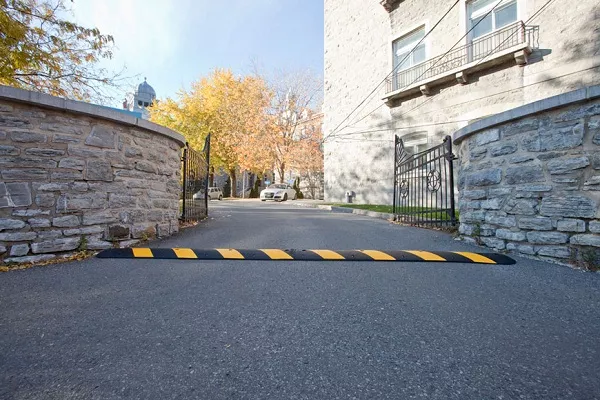
What better way to minimize the risk of accidents is to do something preventive such as speed bump installation
3. Control of road traffic
Drivers are also attentive of what they’ll expect on the road. Some would like to take a shortcut because it’s the fastest way home while some prefer to ride a long distance for a calming drive.
People who have a habit of driving way too fast will technically avoid areas that have numerous speed bumps because if they don’t respect the presence of the material on their path, their vehicle might get wrecked. Therefore, resulting in fewer drivers taking on the track where speed bumps are installed.
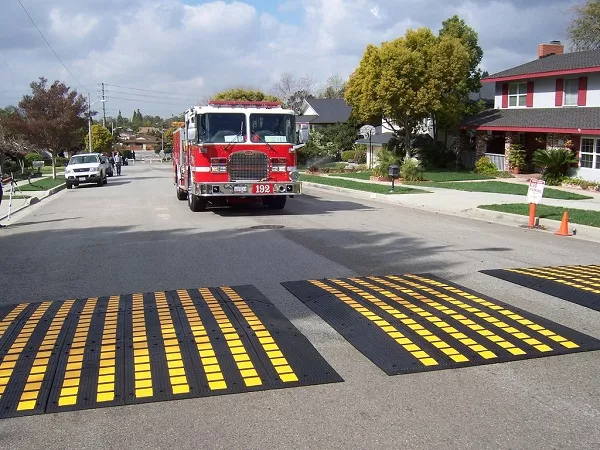
People who have a habit of driving way too fast will technically avoid areas that have numerous speed bumps
II. The CONs
Of course, not every decision in this world works for its “perfect” advantages. There are aspects that you have to consider or even weigh out on whether the cons are worth having for every pro embedded in it.
1. Can affect service delivery
Ambulances, fire trucks, and police patrol cars drive around in such tremendous speeds. Speed bumps will slow them down in cases of emergencies. Take note that some incidents needed to be responded to ASAP.
If there are numerous bumps in an area to which each bump can slow a vehicle down by 10 seconds, a minute or so delay can cost the life of a person.
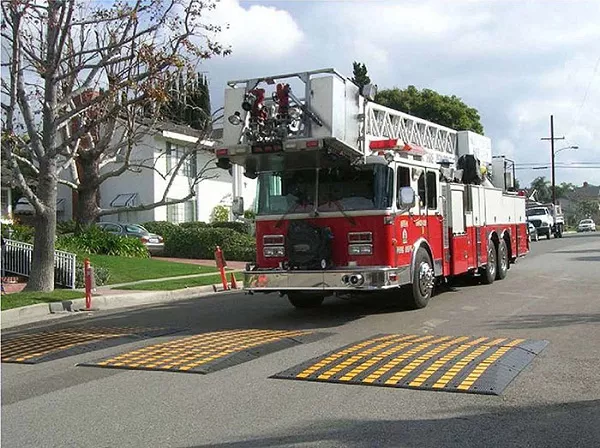
Sometimes, speed bumps can delay emergency vehicles like ambulance, fire trucks...
2. Expensive to install and maintain
It won't matter if the state is paying for it. However, in cases where residential areas commonly insist on installing some, they have to pay for it from their own pockets.
But, for the safety it offers, some owners wouldn’t hesitate to chip in for the finances as long as they are assured that their kids, neighbors and even they wouldn’t get caught up in a speeding incident.
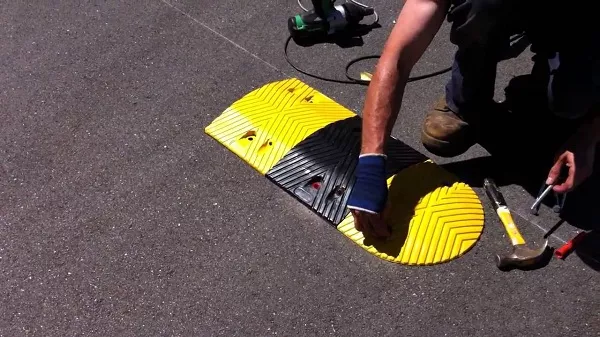
In cases where residential areas commonly insist on installing some, they have to pay for it from their own pockets.
3. Personal discomfort for drivers
There are vehicle owners that would clamor to the fact that their car’s noses are low enough not to be scratched or damaged by a bump. Some of them would state that speed bumps only cause discomfort and nuisance when they are driving.
It can stress out the engine more than it should and can cause damages to the car in which they cannot point a specific person to blame. But, some studies would show that its’ all about the driver’s awareness of what is on the road and having the ability to react appropriately in that circumstance.
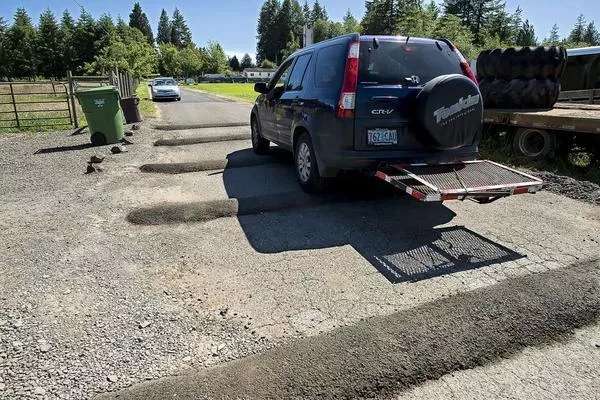
Some drivers would state that speed bumps only cause discomfort and nuisance when they are driving
III. The differences between speed humps and bumps
Since we are initially discussing speed bumps, let’s describe it first. Speed bumps are shorter in structure than speed humps. They generally encourage vehicle to drive not more than 10 km/h so it can cause discomfort and unnecessary engine stress. This is commonly installed in areas where traffic is generally at low-speed.
Speed bumps vs Speed humps - Traffic Safety Store
On the other hand, speed humps are longer and gradually build a smooth passing in its own. Drivers should not travel along this material on 30km/h and above. This is common in areas where a calm and slow drive is exercised at all times.
It all comes down to the identified problem area and weighing out the best solution to solve it. Speed bumps are suitable for areas where aggressive drivers exercise their dominance on the road while speed humps are ideal for highly-populated areas like schools, churches, and subdivisions where slow driving is a must.
An area can also minimize the risks of engine damages by lighting up the area where speed bumps will be installed. If you think your neighborhood needs a measure to alert drivers to slow down, it helps when you consult your local administration to address the issue and discuss the possibilities with the community.
A community meeting is an ideal place to voice concerns and opinions that will benefit everyone in the area. The more that the community participates, the more effective will the driving safety measure be.
>>> Click here for more useful tips and advice for smart driving.
Recent posts
- 9 safety tips to follow when driving on hills, mountains & remote areas Aug 16, 2022
- Driving 101: 5 steps to safely drive through sharply curved roads Feb 28, 2019
- Random Signs and Numbers on the Road: What Does It Mean? Aug 16, 2022
- A Deeper Understanding of the Different Road Signs in the Philippines Apr 24, 2020
- 7 safety tips for driving during traffic congestion in the Philippines Nov 12, 2019












